Why Le Golf National Should Be The Blueprint For All Future Ryder Cup Venues
What makes L'Albatros the perfect Ryder Cup course?

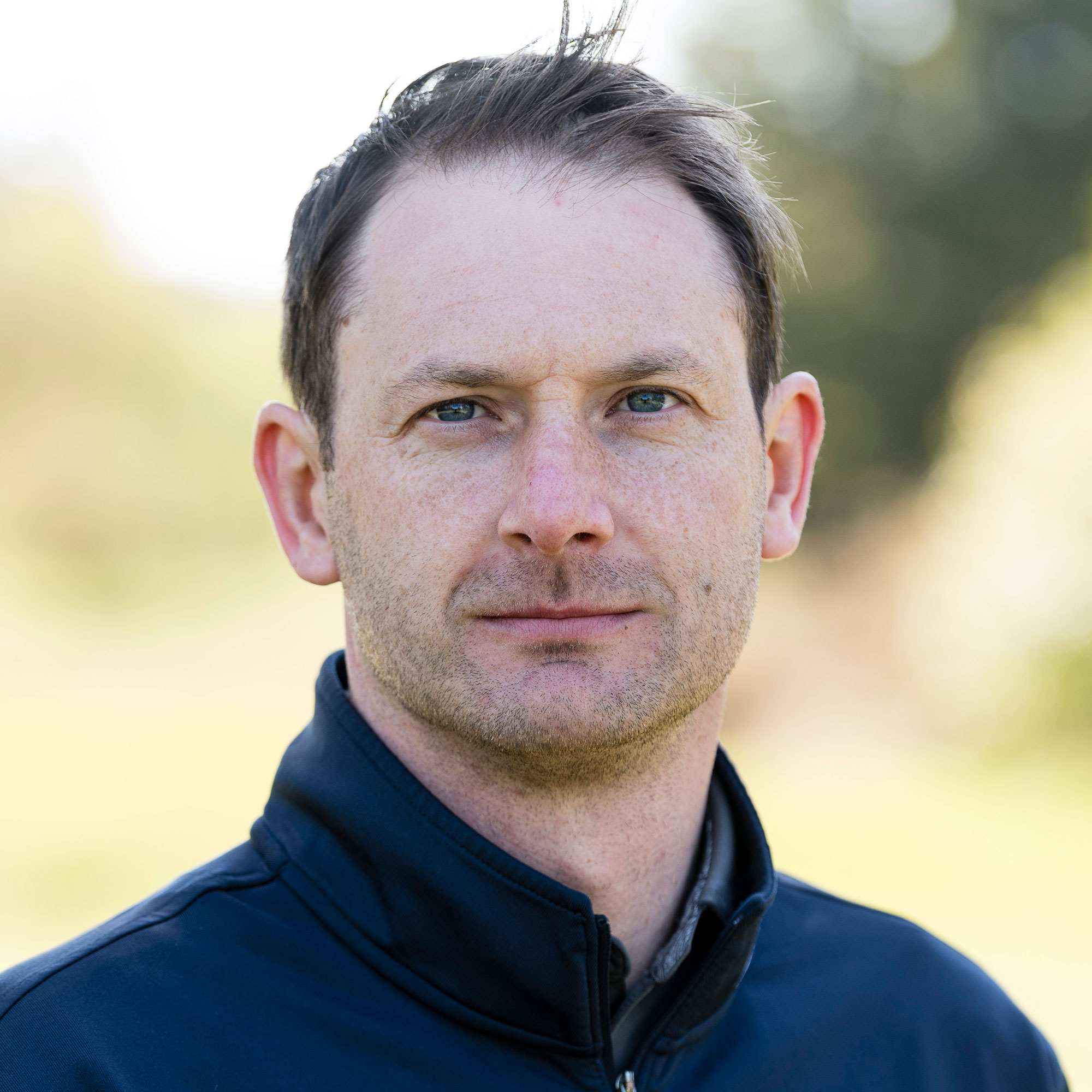
Le Golf National: The Perfect Matchplay Course
One or two American fans may disagree, but Le Golf National is already serving up a Ryder Cup matchplay treat - and it's Team Europe looking the more comfortable on L'Albatros. If Hazeltine was a putting contest two years ago, Le Golf National is proving to be anything but, with a premium placed on finding the fairways.
In many ways, this is the key to its appeal. With mistakes routinely punished, there are fewer halved holes. Think back to Hazeltine, where there was virtually no rough, and how often holes were halved in birdies even when a player was out of position off the tee.
The punishing nature of Le Golf National means that no match is truly secure until the final putt is hit. Surely this makes for a better matchplay venue.
What Makes The Perfect Matchplay Course?
If you put 24 of the best players in the world on any course , they'll produce fireworks. However, some courses make it that little bit extra special - and for the fans, too. L'Albatros is one of those.
For that we can thank designers Hubert Chesnea and Robert Von Hagge, the former whose vision it was to create a golf stadium one that could host major tournaments and offer unrivalled spectator viewing. The par-3 16th is just one example, with mounds and elevated viewing spots all over the course. There's no place to hide out here, and it helps create a lively atmosphere from one hole to the next.
Get the Golf Monthly Newsletter
Subscribe to the Golf Monthly newsletter to stay up to date with all the latest tour news, equipment news, reviews, head-to-heads and buyer’s guides from our team of experienced experts.
The par-4 opener epitomises what L’Albatros represents. This hole would strike fear into most weekend golfers, even without a stand seating 6,500 spectators - the largest ever first tee Ryder Cup grandstand. It has provided as many birdies as bogeys at this Ryder Cup.
There are an even combination of long holes and short ones, more challenging hole and slightly easier ones. It is this variety that means it doesn't favour any one type of player. By cutting back all the rough on a Ryder Cup course and stretching the layout as much as possible, all you do is create a one-dimensional examination paper.
Pundits have regularly said that the set up of the golf course favours the Europeans but the truth is, it rewards those players with a more complete game. That can only be a good thing.
A Memorable Finishing Stretch
L'Albatros certainly ticks this box, with one of the most entertaining finishing stretches on the European Tour circuit. The final hour of drama starts on the treacherous par-4 15th. Water down the right side cuts across the front of the green, and encircles it, making both the 15th and 18th a shared island green. Across the water, the 18th fairway runs parallel and shares a common theme: find the fairway, and find the green – at all costs.
Before that, there’s no better place to wrap up the match than the par-3 16th, and in so doing avoid the stress of the final two holes. This was one of the greens to be modified in 2016 to offer more pin positions, and it’s an amphitheatre that has produced plenty of roars.
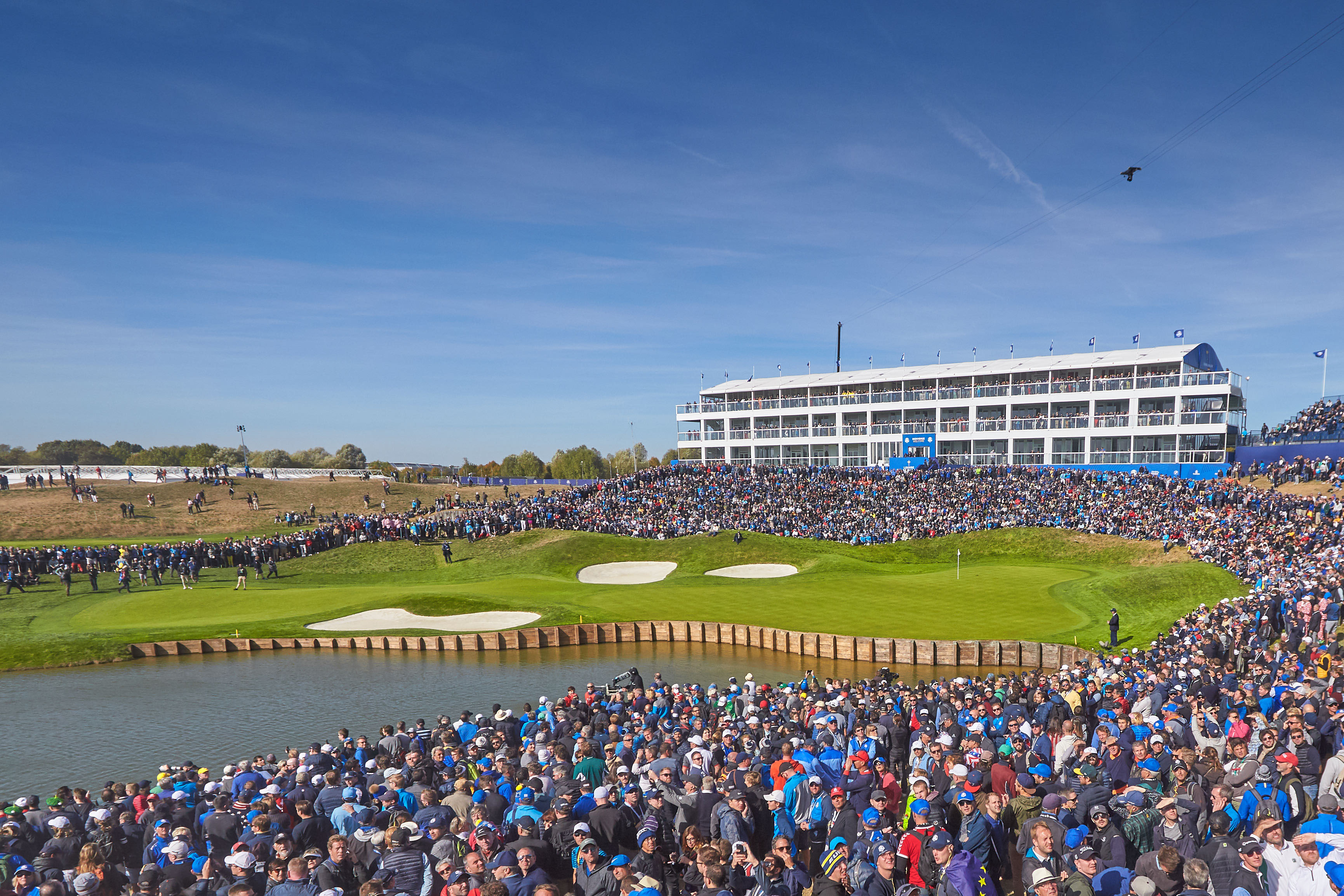
Stadium courses may not appeal to traditionalists, but L’Albatros has already proved itself the perfect matchplay course.
Expand Rome will host 2022 Ryder Cup

Rome saw off bids from Austria, Spain and…
The Americans are unlikely to change their approach to setting up their golf courses for the Ryder Cup but there is no two ways about it - Le Golf National is a complete test of golf that places the fan at the heart of the experience. This should be the blueprint for all future Ryder Cup venues.

Michael has been with Golf Monthly since 2008. A multimedia journalist, he has also worked for The Football Association, where he created content to support the England football team, The FA Cup, London 2012, and FA Women's Super League. As content editor at Foremost Golf, Michael worked closely with golf's biggest equipment manufacturers and has developed an in-depth knowledge of this side of the industry. He's a regular contributor, covering instruction, equipment, travel and feature content. Michael has interviewed many of the game's biggest stars, including seven World No.1s, and has attended and reported on numerous Major Championships and Ryder Cups around the world. He's a member of Formby Golf Club in Merseyside, UK.
-
 Would A Rory McIlroy Implosion At The Masters Be His Worst Defeat Ever?
Would A Rory McIlroy Implosion At The Masters Be His Worst Defeat Ever?Rory McIlroy stormed into the lead with a record breaking front nine on Saturday at Augusta National, but his turbulence in Major Championships makes me nervous
By Barry Plummer Published
-
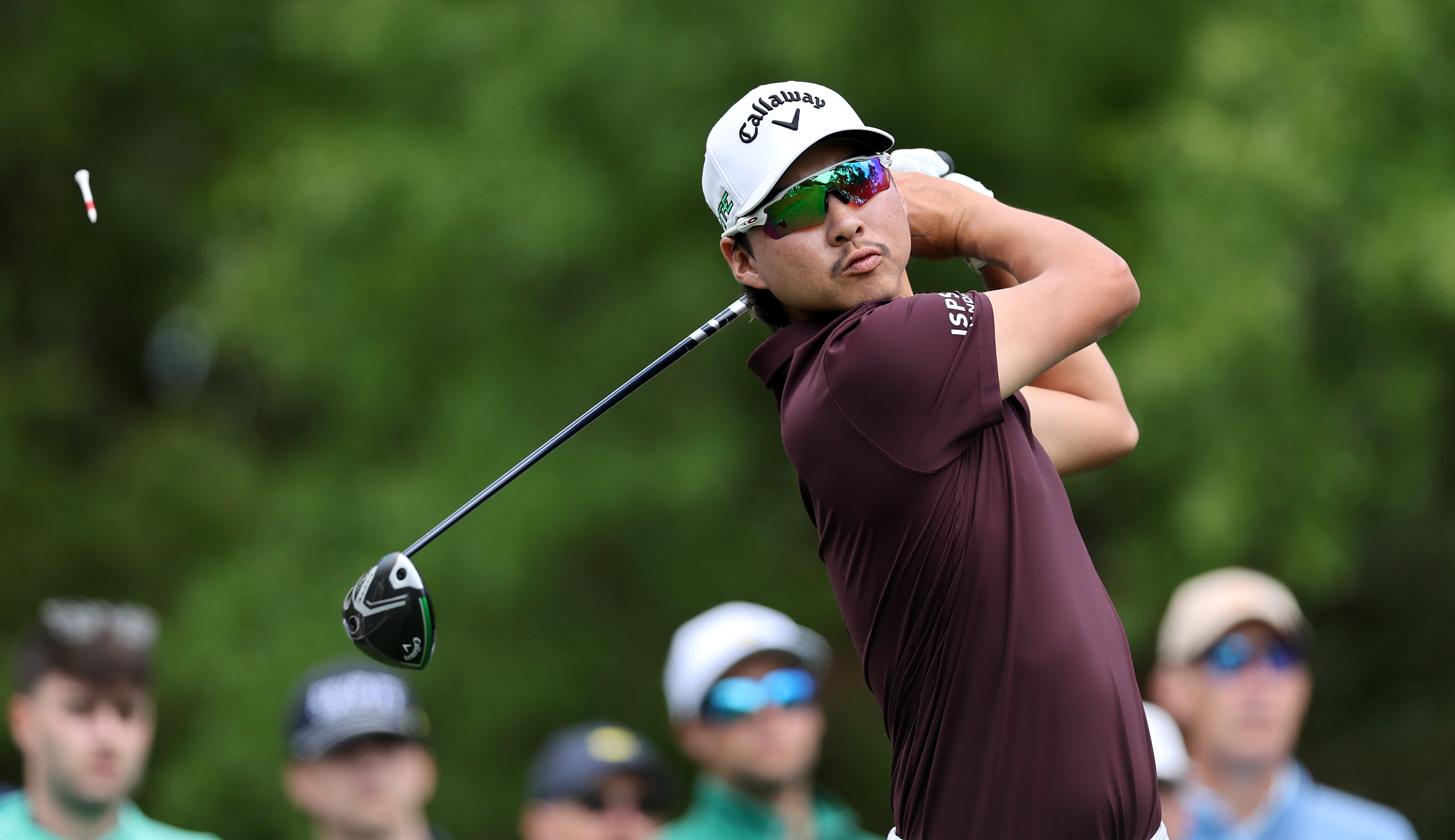 Min Woo Lee Receives Penalty At The Masters After Rules Infringement
Min Woo Lee Receives Penalty At The Masters After Rules InfringementThe recent PGA Tour winner was assessed a one-stroke penalty during the third round after he caused his golf ball to move in the fairway on the 13th hole
By Matt Cradock Published
-
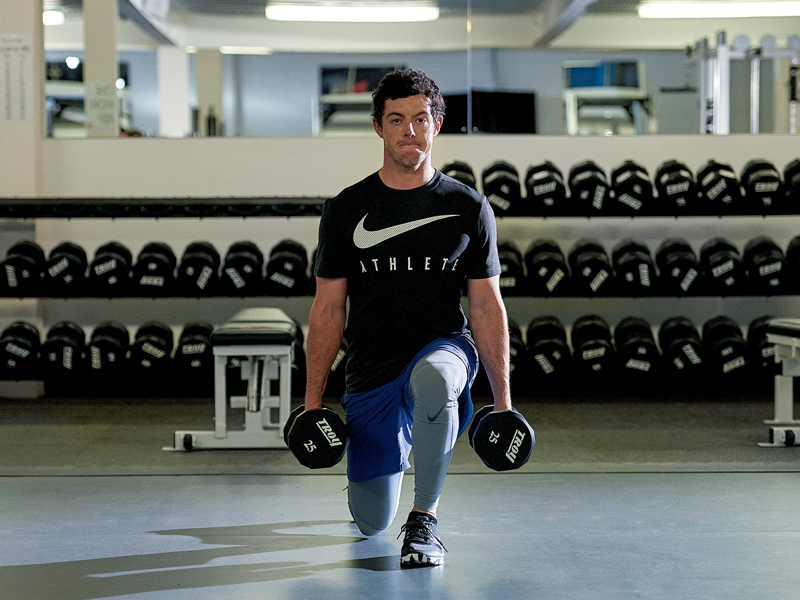 Rory McIlroy Gym Routine... Revealed!
Rory McIlroy Gym Routine... Revealed!In this Rory McIlroy Gym Routine article we discover how the Northern Irishman keeps himself so fit
By Neil Tappin Published
-
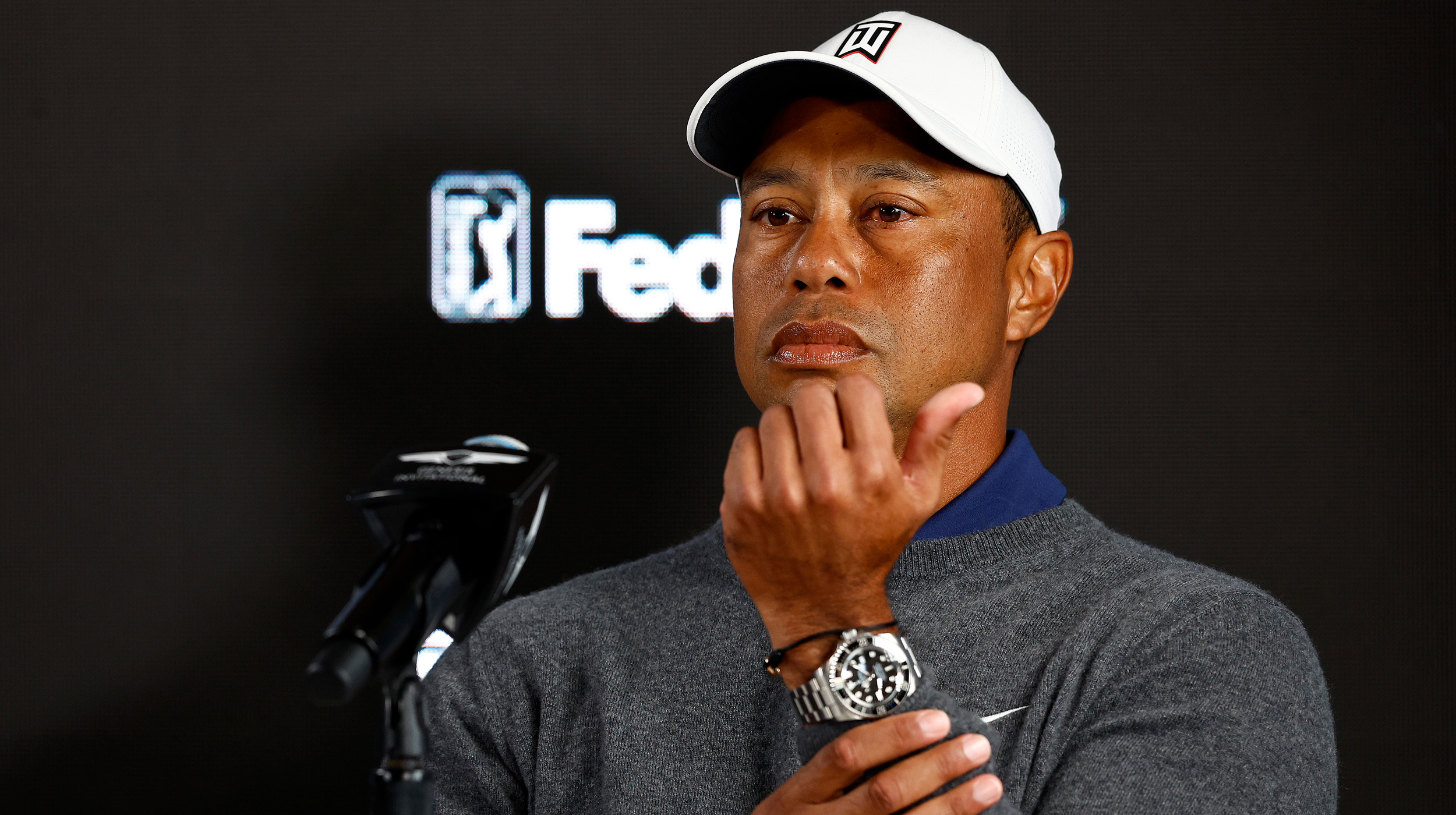 What Is Tiger Woods' Net Worth?
What Is Tiger Woods' Net Worth?Tiger Woods became the first billion dollar athlete in 2009
By Elliott Heath Last updated
-
 Five Outsiders Who Could Win The Masters
Five Outsiders Who Could Win The MastersWe consider five players who might surprise the favourites and claim victory at Augusta
By Fergus Bisset Published
-
 Who Is Tiger Woods’ Girlfriend?
Who Is Tiger Woods’ Girlfriend?Find out more on who the American professional golfer is going out with here.
By Matt Cradock Last updated
-
 Bermuda Championship Golf Betting Tips 2021
Bermuda Championship Golf Betting Tips 2021Who is the GM Tipster backing to win this week in Bermuda?
By Jeremy Chapman Published
-
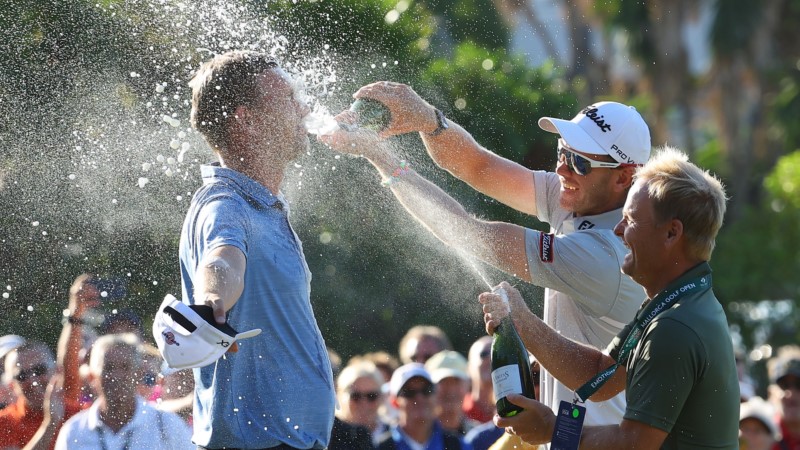 Jeff Winther Claims Maiden European Tour Title
Jeff Winther Claims Maiden European Tour TitleJeff Winther Claims Maiden European Tour Title
By Matt Cradock Published
-
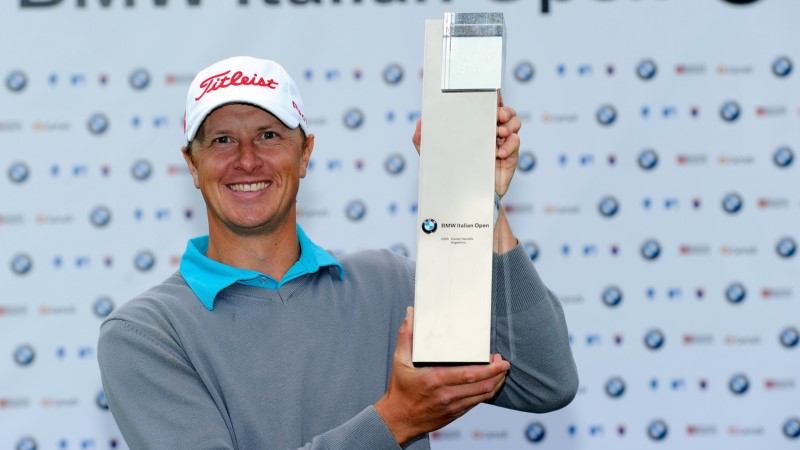 Fredrik Andersson Hed Passes Away Following Battle With Cancer
Fredrik Andersson Hed Passes Away Following Battle With CancerFredrik Andersson Hed Passes Away Following Battle With Cancer
By Matt Cradock Published
-
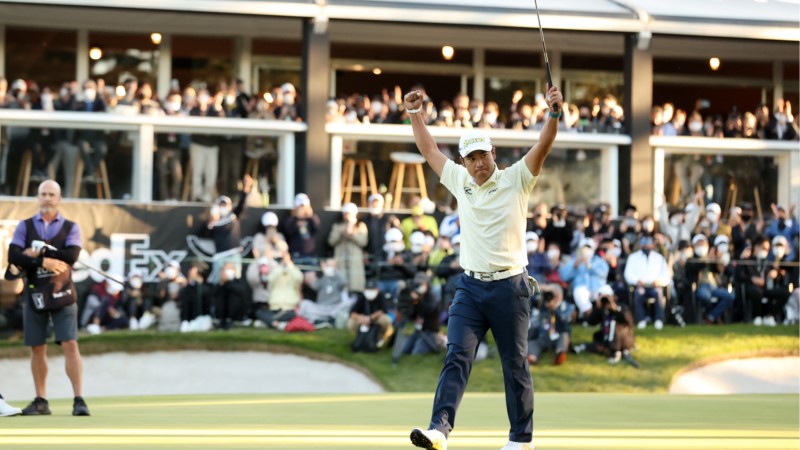 Hideki Matsuyama Claims Zozo Championship On Home Soil
Hideki Matsuyama Claims Zozo Championship On Home SoilHideki Matsuyama Claims Zozo Championship On Home Soil
By Matt Cradock Published